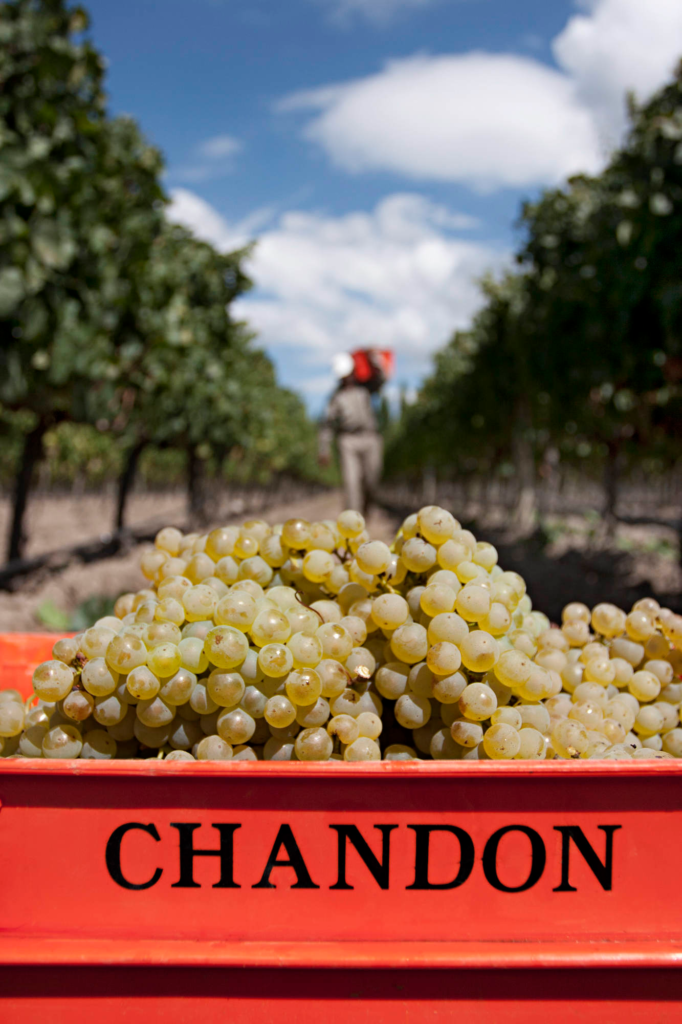In the Philippines, Chandon Argentina, one of the world’s leading producers of sparkling wines, has made a conscious decision to become predominantly an e-retail brand because of Filipinos’ buying habits. Their variant of choice? Best served with ice, the sweet, refreshing Chandon Delice!
By Alex Y. Vergara
It’s cool, sweet and definitely Argentinian! And it comes in a range of styles and “personalities” to suit varied tastes and moods, including those of “Fillennials” or Filipino millennials. Chandon Argentina, one of Argentina’s leading producers of sparkling wines, may have chosen for a time to confine the source of its grapes mainly to just one region in the province of Mendoza, but the 62-year-old company has always had a number of exceptional products to offer the rest of the world, thanks to elevation.
For the higher the terroir or natural environment the house chooses to cultivate its grapes, the more varieties of still and sparkling wine it is able to produce. The company, which was founded in 1959 by the late Robert-Jean de Vogué, then president of Moët & Chandon in France, takes pride in its unique winemaking estate nestled at the foot of the Andean mountain range, which separates Argentina from Chile and the great blue Pacific Ocean.

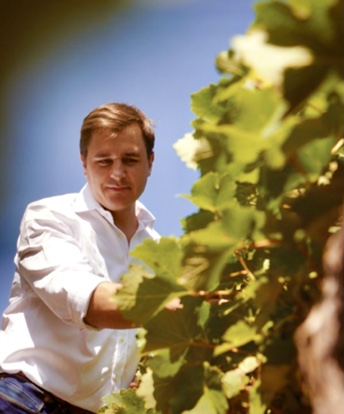
Chandon Argentina started cultivating grapes at elevations hovering at 1,000 meters above sea level. Over the decades, its vineyards inched higher and higher as its ambitions, production capacity and demand for its bottled celebratory spirits got bigger and bigger.
Dubbed as Agrelo, the estate’s original vineyard caused quite a sensation in the winemaking world during its infancy. “Outlandish” was how some people described the effort. What most of them didn’t know was the generally sandy soil with a deeper layer made up of mineral-rich gravelly stones offers exceptional drainage. Coupled with drip irrigation, which was perfected several decades later, Chandon Argentina’s viticulturists are able to control yield and vigor, producing small berries with excellent concentration of sugars, acids and phenols.
Conditions in the higher elevations are colder, often frigid, during winters, but almost unbearably hot during summers, owing to the fact that this is dessert region. Any crop planted to either its sandy or rocky topsoil should be hardy and adaptable enough, its roots able to burrow deep into the ground to tap into the limited amount of Andean meltwater below.
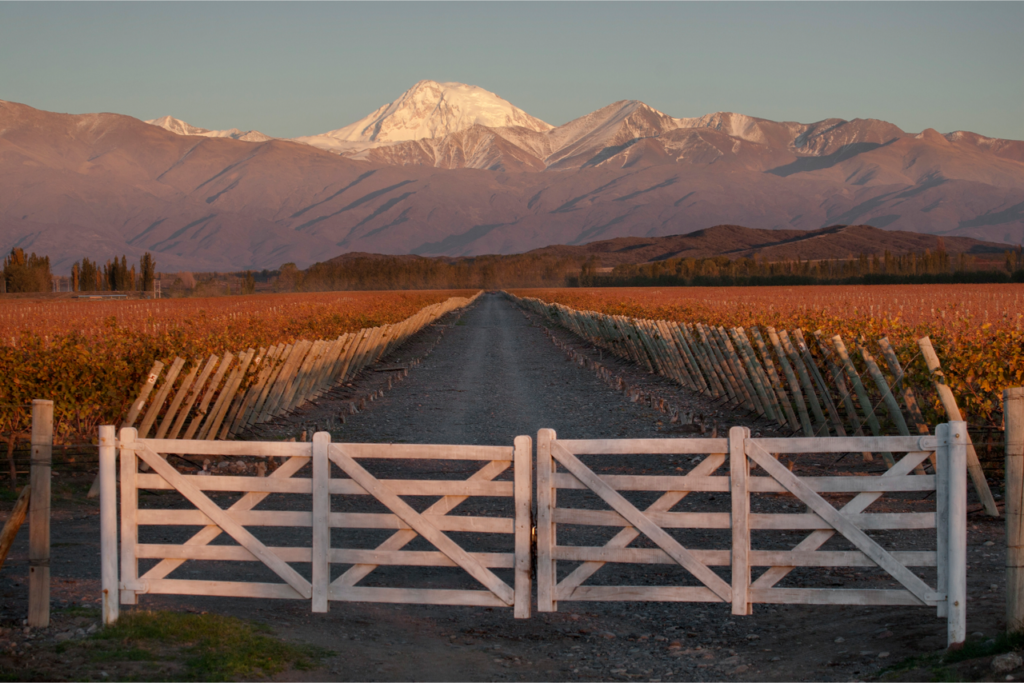
During the early days, the estate was also situated in the middle of nowhere, with the nearest phone booth some 10 kms. away. But to de Vogué and his first batch of winemakers, says Diego Ribbert, Chandon Argentina’s current chief winemaker, “it’s a dessert, yes, but to us winemakers, this is a unique paradise.”
“The Andes Mountains act as a 7,000-mile barrier between us and the Pacific, so we’re in a rain shadow,” Ribbert continues. “Vines thrive on limited water. They’re also hardy plants that adapt well. But the fruit does need some water. All our water is Andean meltwater. These unique conditions give our wines a very special quality.”
These days, Chandon Argentina, which now employs 16 winemakers from seven countries and more than 700 employees who speak a babel of languages, has gone even higher, its El Espinillo vineyard hovering at 1,625 meters. Its main products, Chardonnay and Pinot Noir, are considered two “perfect” varieties on the road to producing sparkling wines.
Somewhere in the middle—between 1,250 to 1,550 meters—is Caicayen and Cepas del Plata. Vineyards in these areas, apart from having similar soil and water conditions mentioned earlier, also benefit from exposure to intense sunlight and cold nights.
“Again,” says Ribbert, “the lack of water in the soil stresses the vines, reducing vigor and yields, causing them to grow small, concentrated berries.”
The elevated and “natural” terroir, apart from producing exceptional grapes with different styles and expressions, is also free from the clutches of pests, mildew and various plant diseases that commonly afflict vines planted in the lowlands. Over time, the company has overcome its main challenge of conserving water by relying on experience and a bit of science.
Advances in technology, for instance, have allowed it to measure each plant’s need for water and to drip-feed it with the exact amount it needs, “and not a drop more,” Ribbert shares. And it hasn’t stopped there, as it is constantly looking for ways to make water usage more efficient in its desire to continually farm these highlands sustainably into the future.
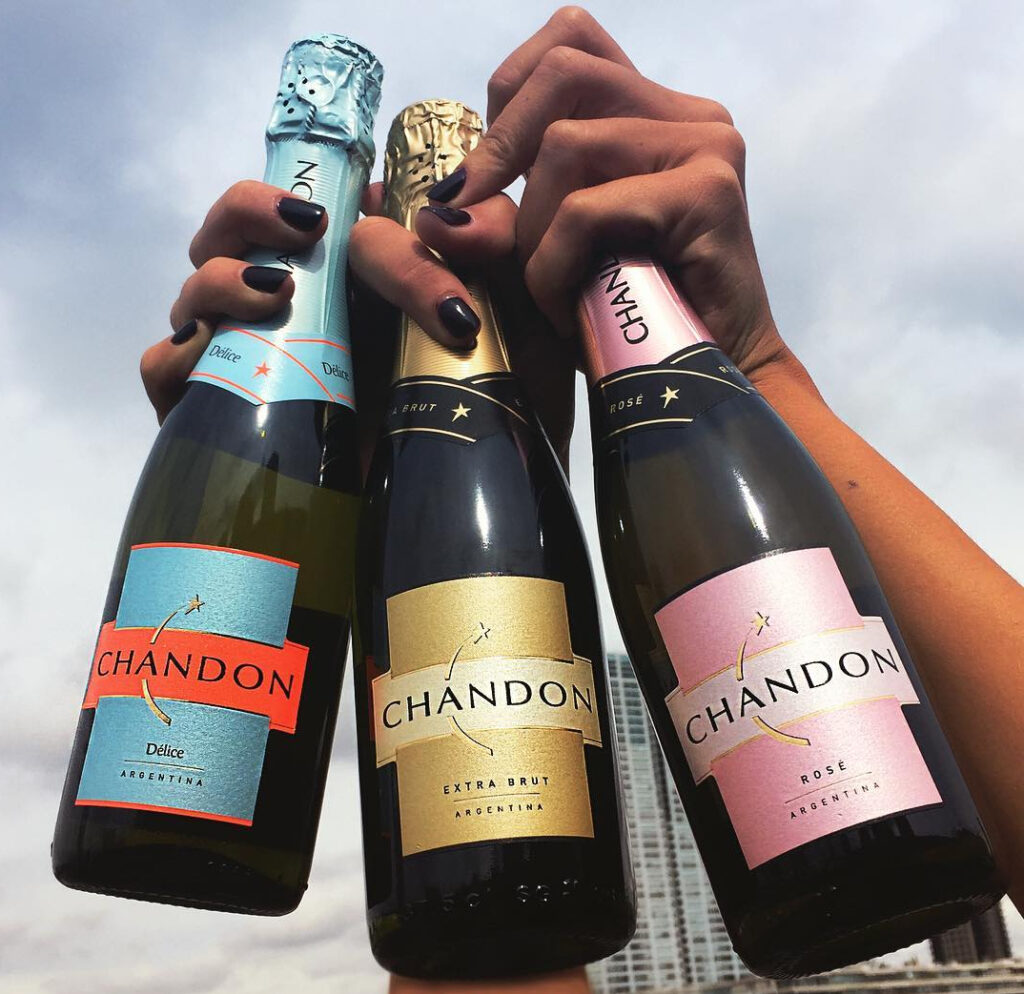
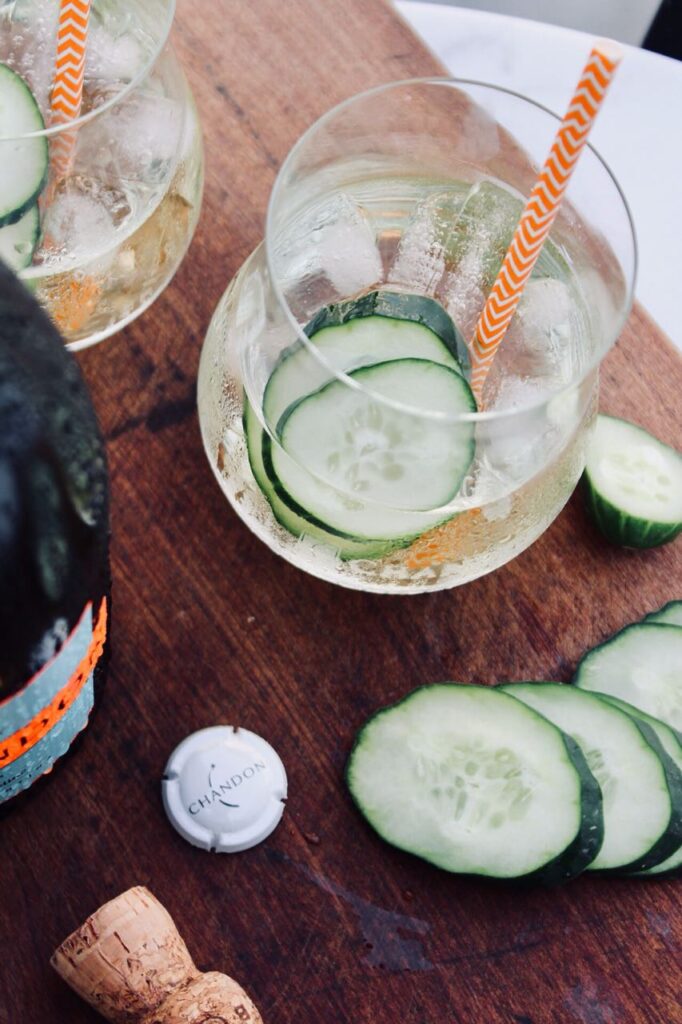
“We own more than 400 hectares and have access to 2,000 hectares more, thanks to the 170 winegrower families who have been working with us since our foundation,” he says. “We have a strong rapport with our partner growers. We supervise, give a lot of training and perform a great deal of quality assessment throughout the season.”
Each bottle of wine Chandon Argentina produces is a reflection of the local terroir. Chandon Brut, for instance, which is produced in Argentina and is quite popular among sparkling wine connoisseurs in the Philippines, is derived mainly from grapes produced in Agrelo, says Ribbert.
“As the pioneers had predicted, the vines’ roots went deep into the dessert soil in search of clear Andean meltwater,” he continues. “International grape varieties were planted at the time, with top billing going to Chardonnay and Pinot Noir. Altitude was crucial, safeguarding freshness and fruit character and tempering alcohol levels.”
Since then, the hunt started for ever-higher, “more expressive” mountain terroir. The constant search, Ribbert declares, has become a Chandon signature.
“Finally, in 2015, we made further plantings in El Espinillo, but this time at a height of 1,625 meters. This is approaching the extreme limit of viticulture in Mendoza. Here, poor stony and alluvial soils laced with layers of sand and limestone yield very concentrated, mineral wines, which set them apart from the other regional wines of Mendoza.”
During its inception in 1959, Chandon Argentina was de Vogué’s first venture outside France’s Champagne region. Since then, the spinoff company has built a community of six wineries located in unexpected places from Argentina to Brazil, California (1973) to Australia (1986), China (2013) to India (2014).
“Chandon has since become an independent maison (house) with a unique personality,” says Ribbert. “It has become a brand in its own with a signature and style.”
More stats are in order. Chandon is the largest sparkling wine estate worldwide, with 1,389 hectares dedicated to sparkling wine production, Ribbert claims. The company’s classic tier consisting of Brut and rosé represent 70 percent of its annual sales worldwide. Apart from Argentina, its six other “historic” markets also remain its biggest: Brazil, the United States, Australia, China, India and Japan.
And, in case, you still didn’t know, Ribbert, an Argentinean by birth who has travelled and worked the world over in the course of his decades-long career as a winemaker, is happy to provide us with lessons on Sparkling Wine 101.
“While consumers commonly refer to champagne for all fizzy wines, the term is legally reserved for products exclusively produced in the French region called Champagne,” he shares. “In other regions, which produce sparkling wines, including France, we all use the term sparkling wine.”
This, however, hasn’t stopped Chandon Argentina from mastering all techniques in producing sparkling wines, including the traditional method used in the Champagne region. “Since our foundation, we have defied conventions in all the possible ways: from producing in the most unexpected places to exploring different varieties and techniques,” says Ribbert.
And true to form, even today’s new breed of Filipinos whose sweet tooth seems to transcend generations, gravitate towards sweeter sparkling wines like Chandon Delice, Ribbert observes. Best enjoyed super cold or even with a few cubes of ice, it doubles as a refreshing drink that’s ideal for the country’s perpetual summers.
“The versatility of the drink comes out when you experiment with different garnishes,” he says. “That’s why we encourage everyone to find their perfect serve. With Chandon Delice, it could be a basil leaf or a thinly sliced cucumber.”
Ribbert acknowledges the impact the pandemic has had on Chandon’s global sales, but the company has also turned this setback into an opportunity for it to eventually reinvent itself, including developing and strengthening its market presence through direct sales. Apart from its Chandon wine clubs, which have already existed in the US and Australia, pre-pandemic, it has also quickly developed partnerships with major e-retailers in almost all its markets.
“In the Philippines,” he says, “we have made a conscious decision to become predominantly an e-retail brand because of the buying habits of ‘Fillennials,’ who are always on-line looking for more convenient ways to shop.”
This early, Ribbert and his colleagues are already seeing a rebound in almost all of Chandon’s markets, and this positive outlook goes beyond a commercial rebound. “Our planet is changing faster more than ever before, and this is what makes us hopeful,” he concludes. “There is a complete change of perspectives all around the globe with more conscious consumers demanding more engagement from brands and companies.”
And with a compelling story and great product range to share, Chandon Argentina is more than ready to engage and reengage with the world even before we start popping the cork, as we leave behind bad memories associated with this pandemic.
